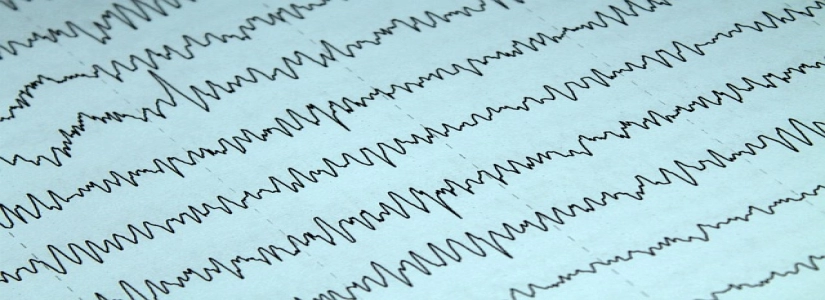危机舆情阶段划分 英语
Crisis Public Opinion Stage Division
I. Introduction
A. Definition of crisis public opinion
B. Importance of dividing crisis public opinion stage
II. Initial stage
A. Characteristics of initial stage
B. Common reactions from the public
C. Strategies for addressing crisis during the initial stage
III. Escalation stage
A. Indicators of escalation stage
B. Increased intensity of public opinion
C. Crisis management tactics during escalation stage
IV. Critical stage
A. Deterioration of public opinion
B. Heightened negative sentiments
C. Effective crisis communication strategies
V. Recovery stage
A. Transition from critical to recovery stage
B. Slowly improving public opinion
C. Communication tactics to rebuild trust
VI. Conclusion
A. Importance of understanding crisis public opinion stages
B. Effective crisis management through appropriate strategies and communication.
I. Introduction
Crisis public opinion refers to the sentiments and perceptions held by the public during a crisis situation. It plays a crucial role in shaping the public’s response and can have long-lasting effects on an organization’s reputation. To effectively manage crisis communication, it is essential to understand and divide the crisis public opinion into different stages.
II. Initial stage
The initial stage is characterized by the emergence of a crisis and the subsequent reaction from the public. During this stage, the public is often caught off guard and may express shock, confusion, or concern. It is imperative for organizations to respond swiftly and provide accurate information to address the crisis and mitigate negative public opinion.
III. Escalation stage
As the crisis progresses, it may enter the escalation stage. Indicators of this stage include an increase in media coverage, the involvement of influential individuals or organizations, and the spread of negative sentiments through social media platforms. The intensity of public opinion increases, and organizations must carefully monitor and respond to developments to prevent further damage.
IV. Critical stage
The critical stage represents the peak of negative public sentiments and represents a crucial point in crisis communication. Public opinion may be highly critical, and trust in the organization may be significantly weakened. It is essential to acknowledge and address the concerns raised by the public transparently and sincerely to regain trust and rebuild public opinion.
V. Recovery stage
Following the critical stage, the crisis may gradually enter the recovery stage. During this stage, public opinion begins to stabilize, and the negative sentiments slowly subside. However, it is necessary to remain vigilant and continue employing effective communication strategies to ensure a complete recovery and rebuild public trust.
VI. Conclusion
Dividing crisis public opinion into different stages allows organizations to tailor their crisis management strategies accordingly. Understanding the characteristics and dynamics of each stage enables organizations to effectively respond to the sentiments and concerns of the public. By adopting appropriate communication tactics and strategies during different stages, organizations can navigate through crisis situations while maintaining or even enhancing their reputation.








